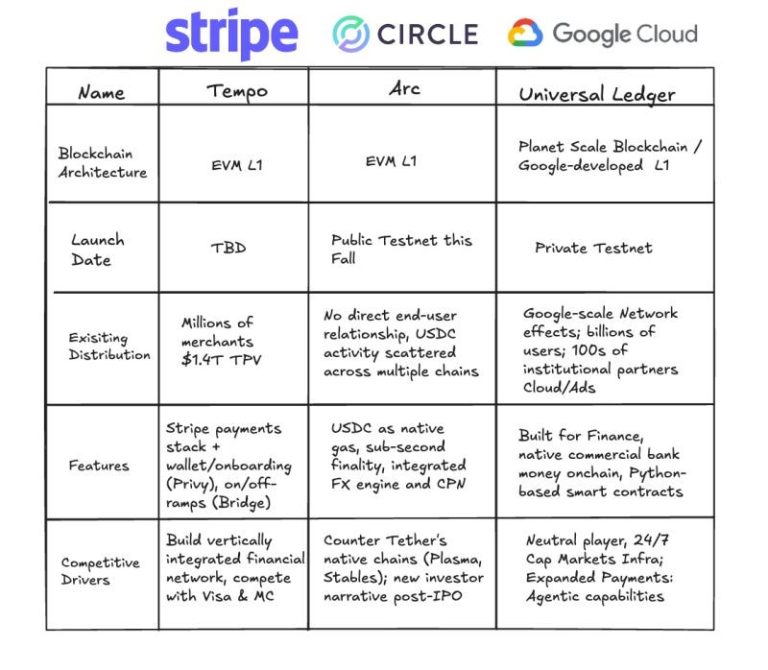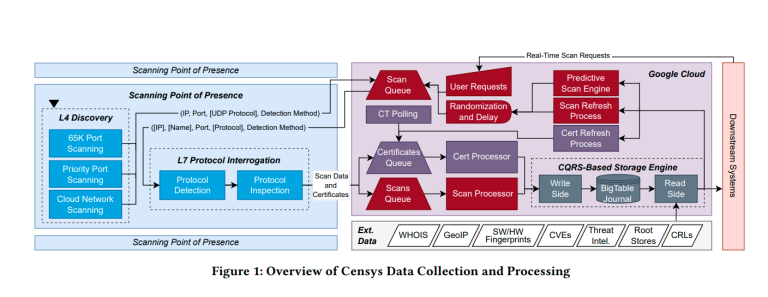
Google has announced an impressive array of new security features for its mobile operating system, Android. Among them is an innovative theft detection technology capable of recognizing when a device is snatched from its owner’s hands.
Some of these innovations will be implemented in the final release of Android 15 this fall. However, the theft detection feature and several other capabilities will be available for smartphones with much older versions, allowing a significantly larger number of users to benefit.

The “Theft Lock” technology activates by detecting sudden, uncharacteristic movements. To prevent unauthorized access to the device’s data, the screen instantly locks. The system also monitors other signals indicative of unlawful activity and can lock the screen to protect the device if someone attempts to disconnect it from the network, thereby preventing remote access.
Additionally, Google has introduced a convenient method for remotely locking the screen in case the device falls into the wrong hands. By visiting android.com/lock, users can enter their phone number and authenticate themselves—an excellent option if only another phone or a PC is available. All these features will be rolled out later this year through an update to Google’s proprietary Play services for smartphones running Android 10 and newer.
Android 15 will also implement additional personal data protection measures, including “private spaces.” This feature allows applications and confidential information to be placed in a separate, isolated memory area, secured by a unique PIN. Google will also introduce protection against forced factory resets, requiring the owner’s credentials during the subsequent setup.
Furthermore, the Google Play Protect system, responsible for malware protection, will be updated. It will leverage “advanced local AI capabilities to detect current threats.” The system will analyze the behavior of apps with permissions to access the smartphone’s sensitive data, using Private Compute Core technology that doesn’t require data transmission. This will help identify signs of phishing and fraud. If suspicious activity is detected, potentially dangerous apps will be subjected to additional scrutiny by Google. The threat detection feature will be available later this year on devices from Google Pixel, Honor, Lenovo, Nothing, OnePlus, Oppo, Sharp, Transsion, and other manufacturers.
As with last year, the latest version of the Android OS was presented rather modestly at the Google I/O conference. We will learn more about the new features of Android 15 in the coming months as it undergoes beta testing. Meanwhile, it is heartening that many new features are becoming available to a wide range of Android smartphones, not just the latest devices capable of running the newest version of the operating system.






